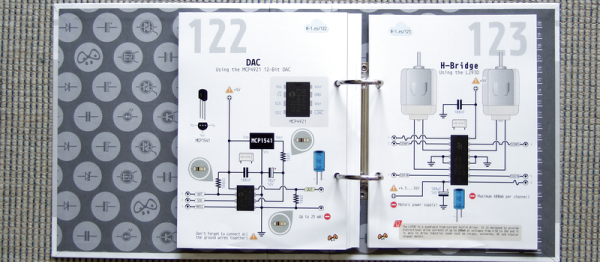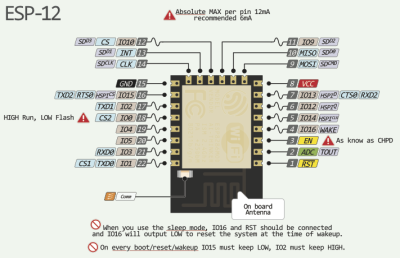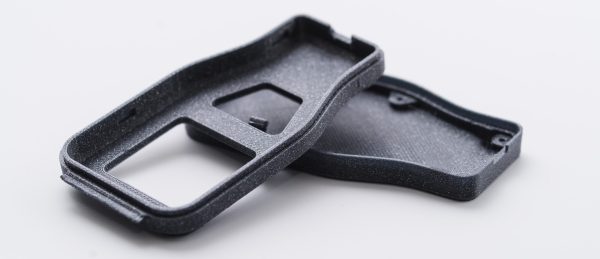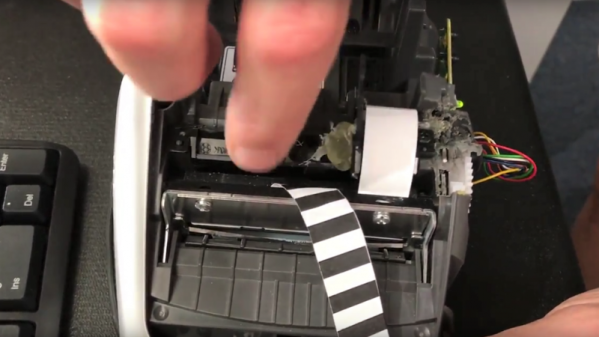Join us this Friday for a Hack Chat on antiquated technologies.
Every Friday, we round up someone from the hardware scene and sit them down in front of a keyboard to discuss what they’re working on. This week, we’re talking with [Fran Blanche] to discuss ancient technologies, weird electronics, and everything that goes into building a hardware company from the ground up.
 Who’s [Fran Blanche], you might ask? She’s a self-taught electronic engineer, artist, musician, photographer, mechanical engineer, and YouTube vlogger. She’s the founder of Frantone Electronics, one of the very first manufacturers of boutique guitar effects. Her Peachfuzz is one of the very, very few original distortion/fuzz circuits out there. She’s given talks at Brown University on the boutique effects industry, worked with the Franklin Institute on the Maillardet Automaton, wandered around the largest musical instrument, taken apart flight hardware from the Saturn V just to see how it works, and she’s been inside the warehouse for the Smithsonian’s Air and Space museum.
Who’s [Fran Blanche], you might ask? She’s a self-taught electronic engineer, artist, musician, photographer, mechanical engineer, and YouTube vlogger. She’s the founder of Frantone Electronics, one of the very first manufacturers of boutique guitar effects. Her Peachfuzz is one of the very, very few original distortion/fuzz circuits out there. She’s given talks at Brown University on the boutique effects industry, worked with the Franklin Institute on the Maillardet Automaton, wandered around the largest musical instrument, taken apart flight hardware from the Saturn V just to see how it works, and she’s been inside the warehouse for the Smithsonian’s Air and Space museum.
With a resume of work this cool, what’s [Fran] working on now? She’s trying to recreate the DSKY from the Apollo Guidance Computer. The DSKY is the user interface for the Apollo Guidance Computer, a wonderful block of aluminum studded with beautiful buttons and electroluminescent displays. For the last few years, her attempts to reproduce a modern DSKY — including the custom segmented EL display — has been on the back burner, but now [Fran] is attempting to raise the money for a reproduction on GoFundMe. I encourage you all to at least look at that GoFundMe campaign.
Here’s How To Take Part:
 Our Hack Chats are live community events on the Hackaday.io Hack Chat group messaging.
Our Hack Chats are live community events on the Hackaday.io Hack Chat group messaging.
Log into Hackaday.io, visit that page, and look for the ‘Join this Project’ Button. Once you’re part of the project, the button will change to ‘Team Messaging’, which takes you directly to the Hack Chat.
You don’t have to wait until Friday; join whenever you want and you can see what the community is talking about.















